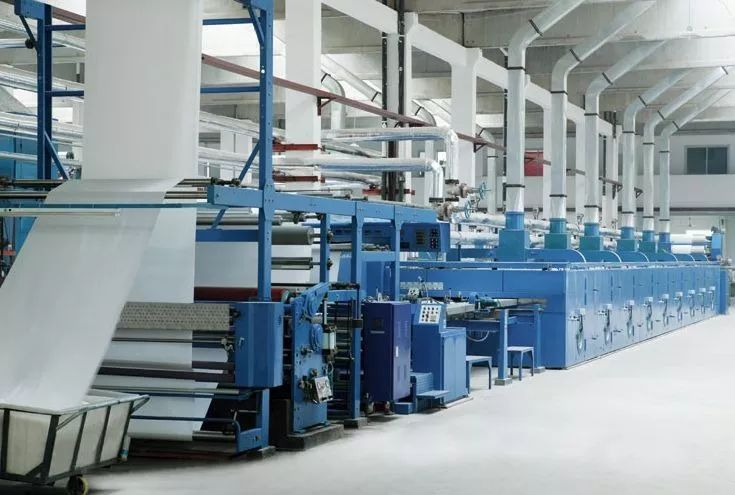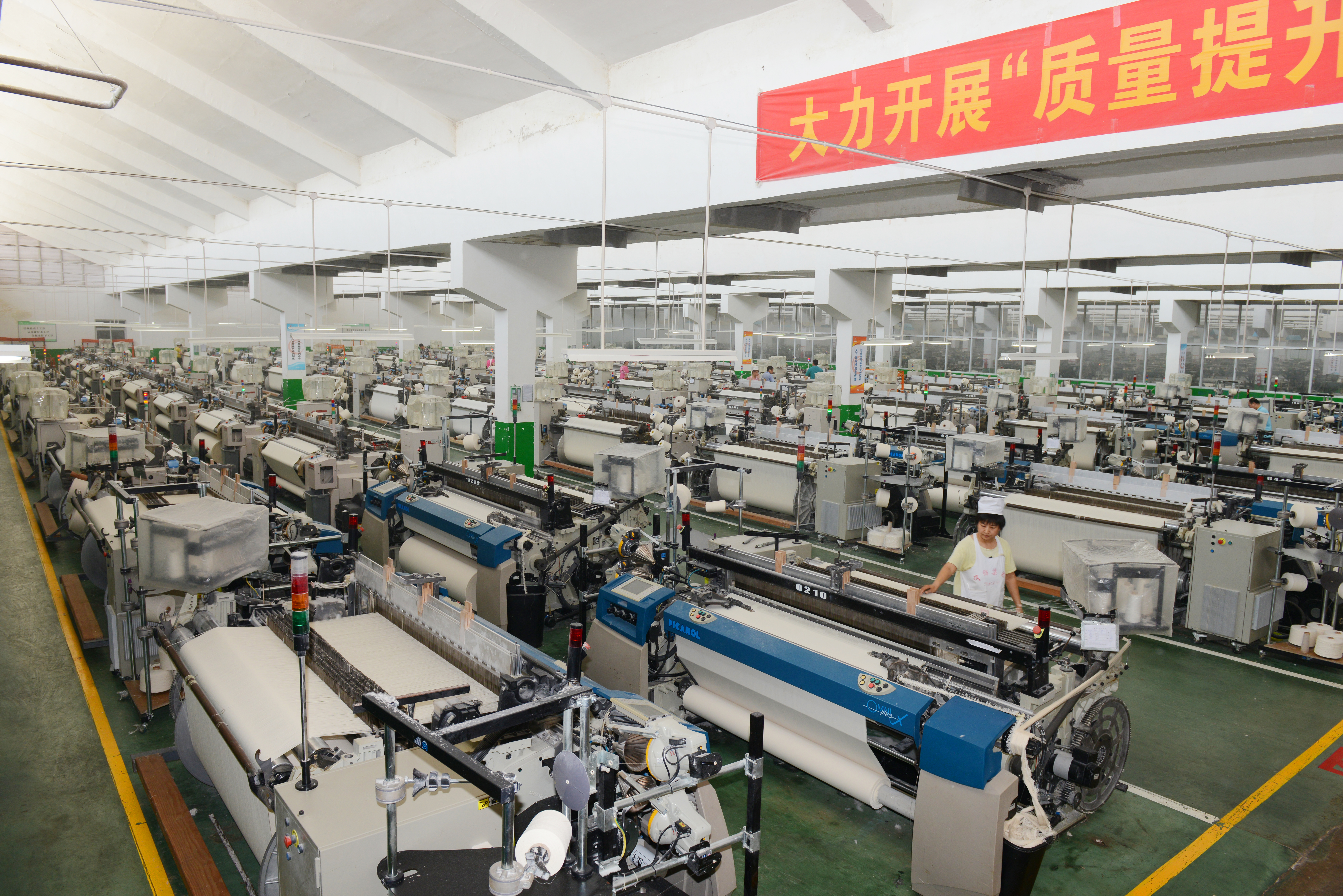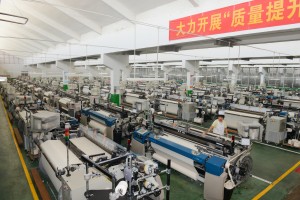Recently, Cao Dewang accepted the interview of “Jun product Talk” program, when talking about the reason for the sharp decline in foreign trade orders, he believes that it is not the US government to withdraw your order, but the market to withdraw the order, is the market behavior.
picture
In the United States, inflation is very serious and labor shortage is severe. Combined with these two factors, the United States hopes to find cheaper markets in purchasing, such as Vietnam and other Southeast Asian countries to place orders. On the surface, the trade decoupling between China and the United States is actually a market behavior. Speaking of his expectations for the future, Mr Cao said it would be “a very long winter”.
U.S. retail sales slowed more than expected in March
U.S. retail sales fell for a second straight month in March. That suggests household spending is cooling as inflation persists and borrowing costs rise.
Retail sales fell 1 percent in March from the previous month, compared with market expectations for a 0.4 percent drop, Commerce Department data showed Tuesday. Meanwhile, February’s figure was revised up to -0.2% from -0.4%. On a year-on-year basis, retail sales rose just 2.9 per cent in the month, the slowest pace since June 2020.
The March decline came against the backdrop of shrinking sales of motor vehicles and parts, electronics, household appliances and general supermarkets. However, the data showed that sales of food and beverage stores fell only slightly.
The figures add to signs that momentum in household spending and the broader economy is slowing as financial conditions tighten and inflation persists.
Shoppers have cut back on purchases of goods such as cars, furniture and appliances amid rising interest rates.
Some Americans are tightening their belts to make ends meet. Separate data from Bank of America last week showed credit and debit card usage fell to its lowest level in two years last month as slower wage growth, fewer tax refunds and the end of benefits during the pandemic weighed on spending.
Asian shipments to the United States in March
Container traffic fell 31.5% year-on-year
Us consumption is weak and the retail sector remains under inventory pressure.
According to the Nikkei Chinese website reported on April 17, the data released by DescartesDatamyne, an American research company, showed that in March this year, the volume of maritime container traffic from Asia to the United States was 1,217,509 (calculated by 20-foot containers), down 31.5% year-on-year. The decline widened from 29 percent in February.
Shipments of furniture, toys, sporting goods and footwear were cut in half, and goods continued to stagnate.
An official of a large container ship company said, We feel that competition is intensifying due to reduced cargo volume. By product category, furniture, the largest category by volume, fell 47 per cent year on year, dragging down the overall level.
In addition to worsening consumer sentiment due to prolonged inflation, uncertainty in the housing market has also depressed demand for furniture.
picture
In addition, the inventory that retailers have accumulated has not been used up. Toys, sports equipment and footwear decreased by 49 percent, and clothing decreased by 40 percent. In addition, the goods of materials and parts, including plastics (down 30 percent), also fell more than the previous month.
Shipments of furniture, toys, sporting goods and footwear fell by nearly half in March, the Descartes report said. All 10 Asian countries shipped fewer containers to the U.S. than a year earlier, with China, the market leader, down 40 percent from a year earlier. Southeast Asian countries also shrank sharply, with Vietnam down 31 percent and Thailand down 32 percent.
Down 32% year on year
The nation’s largest port was weak
The Port of Los Angeles, the busiest hub gateway on the West Coast, suffered a weak first quarter. Port officials say pending labor negotiations and high interest rates have hurt port traffic.
According to the latest data, the Port of Los Angeles handled more than 620,000 TEUs in March, of which less than 320,000 were imported, about 35% less than the busiest ever for the same month in 2022; The volume of export boxes was slightly more than 98,000, down 12% year-on-year; The number of empty containers was just under 205,000 TEUs, down almost 42 percent from March 2022.
In the first quarter of this year, the port handled about 1.84 million TEUs, but that was down 32 percent from the same period in 2022, Gene Seroka, CEO of the Port of Los Angeles, said at an April 12 conference. This decline is mainly due to port labor negotiations and high interest rates.
“First, the West Coast labor contract talks are getting a lot of attention,” he said. Second, across the market, high interest rates and rising living costs continue to affect discretionary spending. Inflation has now fallen for the ninth month in a row, despite the lower-than-expected March consumer price index. However, retailers are still bearing the warehousing costs of high inventories, so they are not importing more goods.”
Although the port’s performance in the first quarter was poor, he expects the port to have a peak shipping season in the coming months, with cargo volume increasing in the third quarter.
“Economic conditions significantly slowed global trade in the first quarter, however we are starting to see some signs of improvement, including a ninth consecutive month of falling inflation. Although freight volumes in March were lower than at this time last year, early data and monthly increases point to moderate growth in the third quarter.”
The number of containers imported into the port of Los Angeles rose 28% in March from the previous month, and Gene Seroka expects volume to rise to 700,000 TEUs in April.
General Manager of Evergreen Marine:
Bite the bullet to withstand the cold wind attack, the third quarter to meet the peak season
Before that, Evergreen Marine general manager Xie Huiquan also said that the third quarter peak season can still be expected.
A few days ago, Evergreen Shipping held a fair, the company’s general manager Xie Huiquan predicted the shipping market trend in 2023 with a poem.
“The war between Russia and Ukraine lasted for more than a year, and the global economy was in a downturn. We had no choice but to wait for the war to end and bear the cold wind.” He believes that the first half of 2023 will be a weak maritime market, but the second quarter will be better than the first quarter, the market will have to wait until the third quarter of the peak season.
Xie Huiquan further explained that in the first half of 2023, the overall shipping market is relatively weak. With the recovery of cargo volume, it is expected that the second quarter will be better than the first quarter. In the second half of the year, destocking will bottom out, coupled with the arrival of the traditional transportation peak season in the third quarter, the overall shipping business will continue to rebound.
Xie Huiquan said that freight rates in the first quarter of 2023 were at a low point, and will gradually recover in the second quarter, rise in the third quarter and stabilize in the fourth quarter. Freight rates will not fluctuate as before, and there are still opportunities for competitive companies to make profits.
He is cautious but not pessimistic about 2023, predicting that the end of the Russia-Ukraine war will further accelerate the recovery of the shipping industry.

Post time: Apr-21-2023





